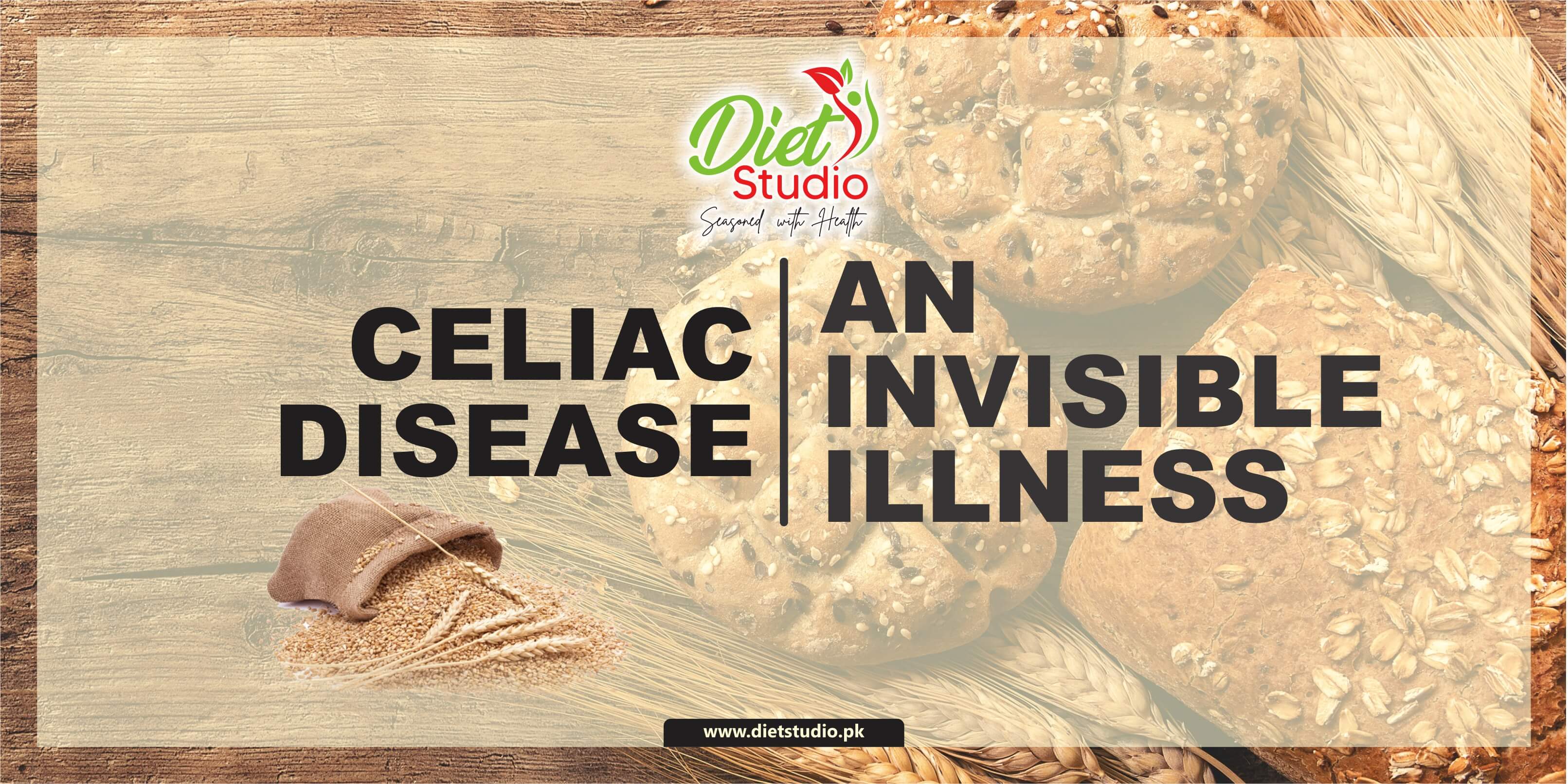
Health & digestion ailments are experienced by a lot of individuals nowadays which is mainly caused by consuming gluten. The prior question that arises here is what actually gluten is? That’s actually a group of numerous proteins in certain type of grains such as wheat, rye & barley. Wheat comprises higher content of gluten than other grains. An individual intolerant to gluten can be suffered by medical conditions like celiac disease or non-celiac gluten sensitivity (NCGS).
“Celiac Disease: More than Gluten Intolerance”
Let’s differentiate both of them first. When gluten is ingested by a celiac person, body’s tissue of that individual will be attacked by his own immune system. While, in case of individual intolerant to gluten (i.e. non-celiac gluten sensitivity), short term bloating & belly pain will be caused when some amount of gluten is consumed. There is no long-term harm caused to the individual’s body in case of gluten intolerance just like in condition of celiac disease. Body’s response is negative in both conditions but the consequences & longevity of these responses are not the same.
Celiac Disease – an Invisible illness
Individuals genetically susceptible to celiac disease negatively respond to gluten consumption. Because of damage to lining of small intestine, there is inability to absorb nutrients into the bloodstream. Symptoms related directly to improper digestion of body includes vomiting, bloating, weight loss, diarrhea, abdominal pains and constipation. Some signs are associated originally with this disorder but not to digestive system just like seizures, itchy skin, acid reflux and heartburn, mouth ulcers, missed menstrual periods, tingling in the hands and feet, bone and joint pain, infertility or frequent miscarriages, headaches and fatigue. Health problems like delayed puberty in adolescents, dental enamel defects, irritability in mood, short stature, failure to thrive in infants, weight loss caused by malabsorption during growth & development years.
Non-celiac gluten sensitivity is condition in which a person does not test positive for celiac disease or a wheat allergy. But they are uneasy, after ingesting gluten. Stomach ache, changes in bowel motions, eczema, exhaustion, and bloating are all symptoms of non-celiac gluten sensitivity, which are comparable to those of celiac disease.
This condition can be treated effectively by completely cutting gluten from diet. It promotes intestinal healing. Vitamin and mineral supplements may also help people with celiac disease prevent or correct deficits. You can still eat a well-balanced diet if you have celiac disease. Bread and pasta prepared from various flours (potato, rice, maize, or soy) are available, for example. Gluten-free bread and items are also available from several food manufacturers and supermarket stores.

What to Avoid?
It can be difficult to be gluten-free completely. This is due to the fact that it can be found in a variety of commonly used foods products. Following are frequently present dietary gluten sources:
Wheat bran, wheat flour, spelt, durum, kamut, and semolina all wheat-based foods, Malt, Brewer’s yeast, Barley, Triticale, Rye.
Below are some foods that may include gluten-containing ingredients:
Pasta (All wheat-based pasta), Bread (All wheat-based bread), Cereals (Unless it says gluten-free on the label), Snack foods (Roasted nuts, flavored chips and popcorn, pretzels, candy, muesli bars, crackers, pre-packaged convenience meals), Beverages (Beer, as well as other flavored alcoholic beverages), Baked items (Cakes, cookies, muffins, pizza, bread crumbs, and pastries), Sauces (Soy sauce, teriyaki sauce, hoisin sauce, marinades, and salad dressings), Additional foods like broth, couscous (unless labelled gluten-free).
Eating raw, single-ingredient foods is the simplest method to avoid gluten. Otherwise, read the food labels on the majority of the goods you buy. Oats are gluten-free by nature. However, because they may be prepared in the same facility as wheat-based foods, they are frequently contaminated with gluten.
What to Eat?
Nutritious and tasty meals can be enjoyed by plenty of gluten free products available. These following foods are gluten-free by nature:
- All meats and fishes, except those that have been battered or coated.
- All sorts of eggs are gluten-free by nature.
- Plain milk, plain cheeses, and plain yoghurt are examples of plain dairy products. However, flavored dairy products may contain gluten-containing components, so read the labels carefully.
- Fruits and vegetables are healthy choices. Gluten is naturally absent from all fruits and vegetables.
- Quinoa, tapioca, buckwheat, rice, sorghum, corn, arrowroot, amaranth, teff, and oats are some of the most often used grains (if labelled gluten-free).
- Potatoes, corn, potato flour, chickpea flour, corn flour, almond meal/flour, soy flour, coconut flour, and tapioca flour are starches & flour can be used in recipe.
- All nuts and seeds can be eaten.
- Vegetable oils and butter can be are used exclusively.
- All herbs and spices are included.

